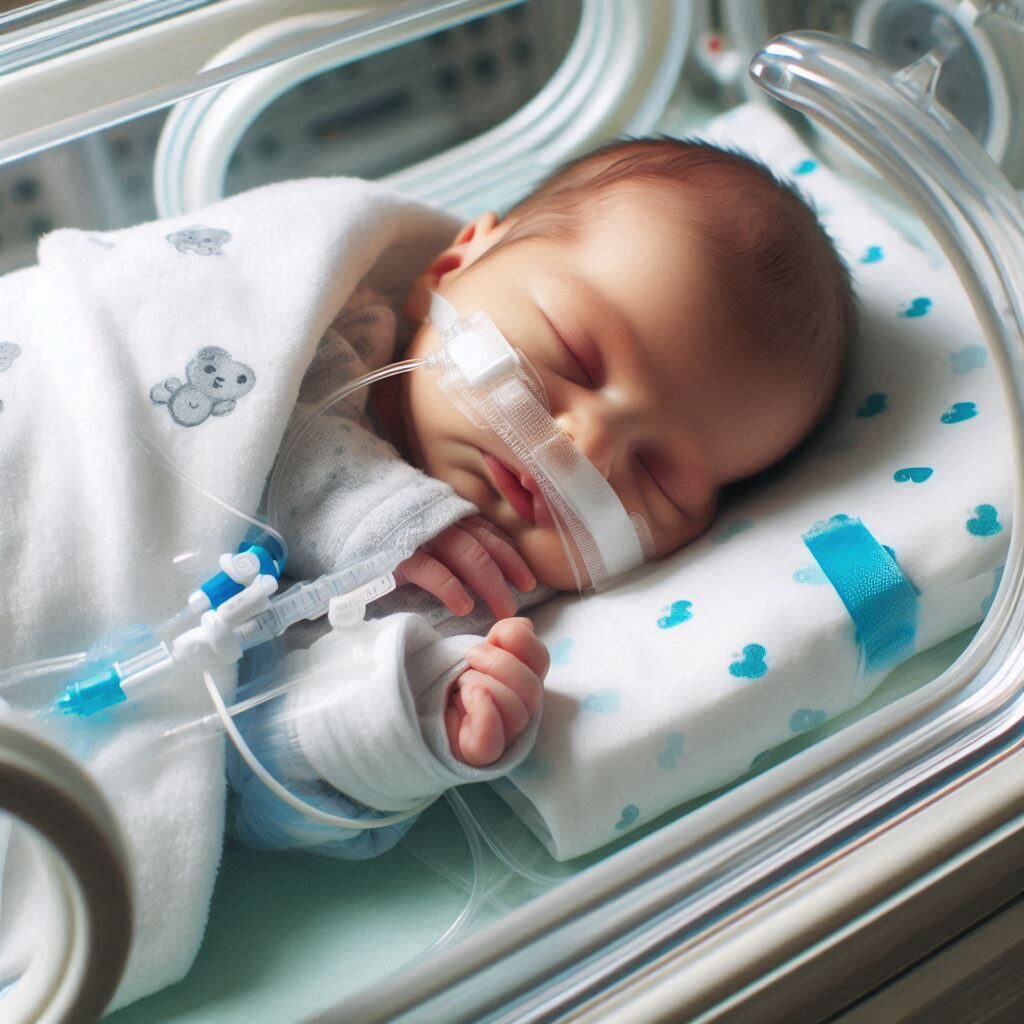Human Metapneumovirus (HMPV) has emerged as a significant health concern in recent years, drawing attention due to its rapid spread and potentially severe impact on respiratory health. This article delves into the intricacies of HMPV, with a focus on its prevalence in India, symptoms, prevention strategies, and the latest updates on its cases.
What is Human Metapneumovirus (HMPV)?
HMPV, short for Human Metapneumovirus, is a respiratory virus first identified in 2001. It belongs to the Pneumoviridae family and is closely related to respiratory syncytial virus (RSV). HMPV primarily affects the upper and lower respiratory tracts, causing illnesses that range from mild colds to severe pneumonia, particularly in vulnerable populations such as infants, the elderly, and individuals with weakened immune systems.
HMPV in India: Rising Cases and Current Scenario of HMPV Cases in India
HMPV cases in India have witnessed a concerning rise in recent months, with significant clusters reported in metropolitan areas such as Bengaluru and Gujarat. The virus often peaks during the late winter and early spring, coinciding with flu season. Surveillance data indicates that the increase in cases may be attributed to heightened awareness and improved diagnostic capabilities.
The symptoms of HMPV often mimic those of other respiratory illnesses, making early diagnosis challenging. Public health authorities have urged medical professionals to include HMPV in differential diagnoses when evaluating patients with respiratory symptoms.
Symptoms of HMPV Infection
HMPV symptoms can vary based on the severity of the infection. Common symptoms include:
- Mild Symptoms:
- Cough
- Runny nose
- Sore throat
- Fever
- Severe Symptoms:
- Difficulty breathing
- Wheezing
- Persistent fever
- Fatigue
- Cyanosis (bluish skin due to lack of oxygen)
Severe cases, particularly in children and elderly individuals, can lead to complications such as bronchiolitis and pneumonia, necessitating hospitalization.
How HMPV Spreads
HMPV spreads primarily through respiratory droplets, similar to other respiratory viruses. Transmission occurs via:
- Direct contact with an infected person’s respiratory secretions.
- Touching surfaces contaminated with the virus and then touching the face.
- Close interactions in crowded settings, increasing the likelihood of exposure.
Who is at Risk?
Certain groups are more vulnerable to severe HMPV infections, including:
- Infants and young children: Their developing immune systems make them highly susceptible.
- Older adults: Age-related decline in immunity raises the risk of severe illness.
- Immunocompromised individuals: Those with chronic conditions or weakened immune defenses are at heightened risk.

Prevention Strategies for HMPV
While there is no specific antiviral treatment or vaccine available for HMPV, preventive measures can significantly reduce the risk of infection. Key strategies include:
- Hand Hygiene: Wash hands thoroughly with soap and water for at least 20 seconds.
- Avoid Close Contact: Maintain distance from individuals exhibiting respiratory symptoms.
- Disinfect Surfaces: Regularly clean frequently-touched surfaces like doorknobs, phones, and countertops.
- Use Masks: Wearing masks in crowded or high-risk areas can help limit exposure.
- Boost Immunity: A balanced diet, regular exercise, and adequate sleep strengthen the immune system.
Diagnosis and Treatment of HMPV
1. How is HMPV Diagnosed?
Diagnosis typically involves laboratory tests, such as:
- RT-PCR tests: Detect the genetic material of HMPV in respiratory samples.
- Serological tests: Identify antibodies against the virus.
2. Treatment Options
Currently, HMPV treatment is supportive, focusing on alleviating symptoms. Common approaches include:
- Rest and hydration
- Fever management using acetaminophen or ibuprofen
- Oxygen therapy in severe cases
- Hospitalization for critical patients requiring intensive care
Impact of HMPV on Public Health in India
HMPV poses a significant public health challenge due to its potential to strain healthcare systems during peak seasons. In India, where air pollution and overcrowded living conditions exacerbate respiratory illnesses, the virus demands increased vigilance.
Healthcare authorities are prioritizing public awareness campaigns and enhancing diagnostic facilities to better manage outbreaks. The government’s initiatives aim to reduce the virus’s impact through robust monitoring and timely intervention.
Frequently Asked Questions (FAQs) on HMPV
1. Is HMPV contagious?
Yes, HMPV is highly contagious and spreads through respiratory droplets and contact with contaminated surfaces.
2. Can HMPV cause death?
While rare, severe cases of HMPV in vulnerable individuals can lead to life-threatening complications.
3. Is there a vaccine for HMPV?
As of now, no vaccine exists for HMPV, but research is ongoing to develop effective preventive measures.
4. How long does an HMPV infection last?
Symptoms typically resolve within 1-2 weeks for mild cases, but severe infections may require longer recovery periods.
Conclusion: Combating HMPV with Awareness
The rise in HMPV cases underscores the importance of awareness and proactive measures. By understanding the virus’s symptoms, transmission modes, and prevention strategies, we can mitigate its impact on public health. Public cooperation, coupled with healthcare interventions, is essential in controlling the spread of HMPV in India.
Also Read:
Common Safe Medicines for Indian Babies (0-2 Years)
